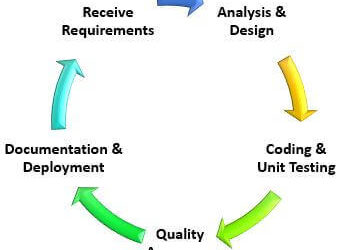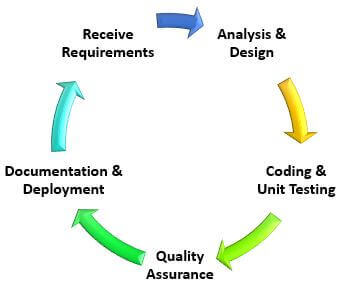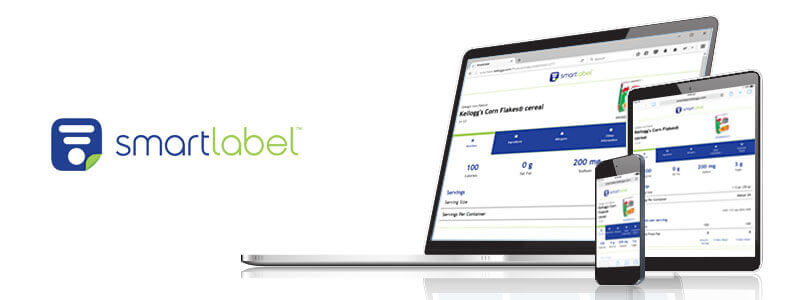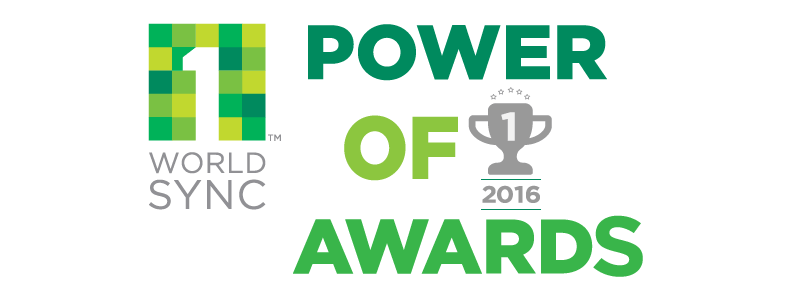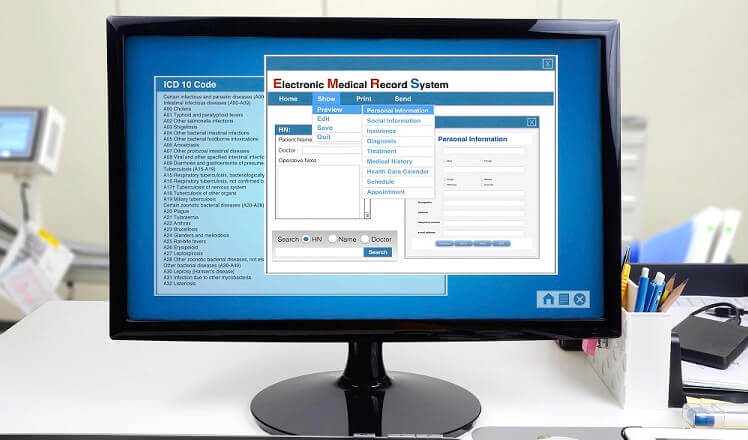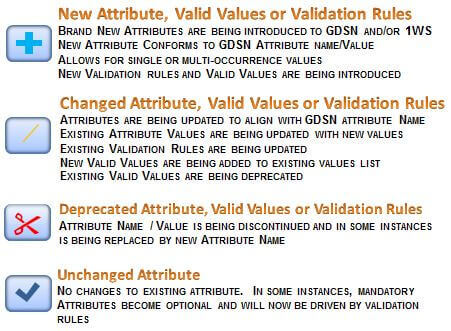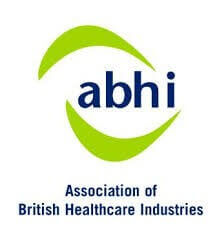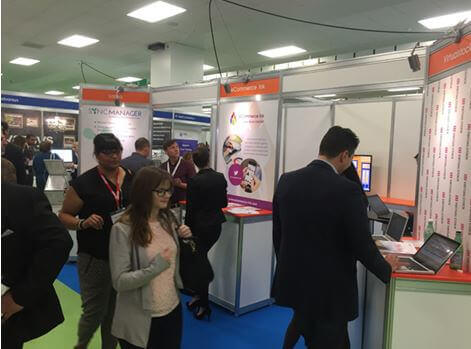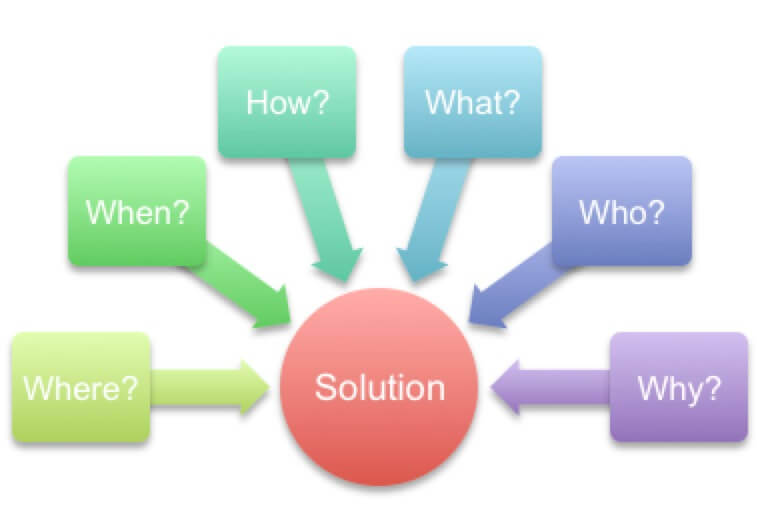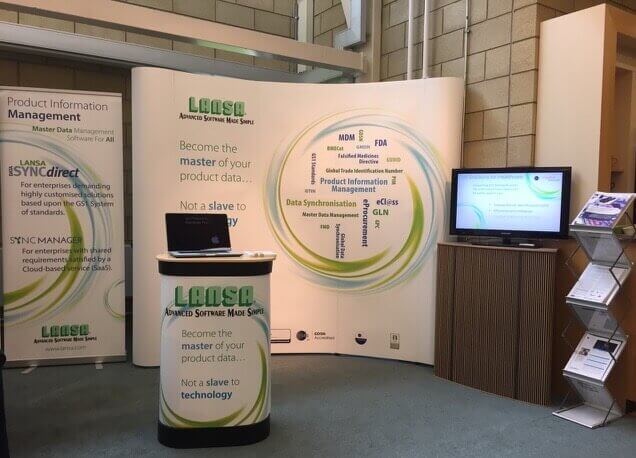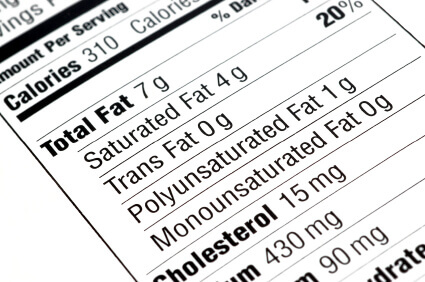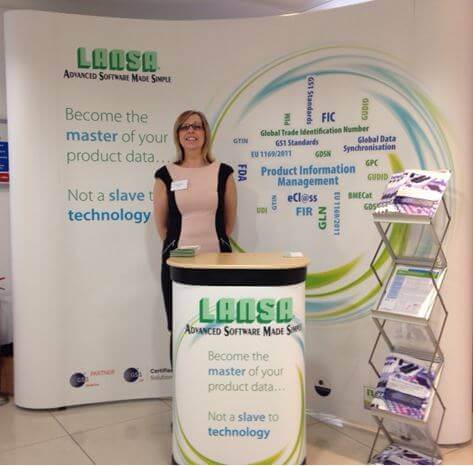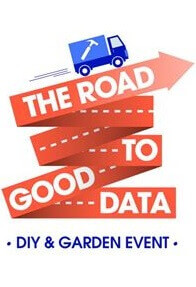Savings and safety through verification
Continuing on from my post last week about the eProcurement Strategy for the UK National Health Service (NHS), another important topic is how cost savings and improved patient safety can be achieved through data verification. When a product is used anywhere in the NHS, whether on the ward, in the clinic, dispensed in the pharmacy or implanted in a theatre then, after the full implementation of the eProcurement strategy, there will be an automated flow of information across two paths.
Product Replenishment
Demand for a replacement product will be generated and transmitted (through the PEPPOL messaging system and formatted to GS1 standards) back to the supplier. This message may undergo consolidation with other similar messages, it may be parked to wait for an optimum volume for a new order, it may be used to formulate a forecast for future demand so that all shelves are always optimally stocked with the required products at all times.
Product Usage
Information about what product was used to deliver this care to this patient will be recorded, automatically, in the patient’s electronic health record (EHR) with a high level of accuracy and traceability, using unique identification that follows GS1 standards. The level of information recorded automatically is at such a volume that it would be impossible to use traditional paper records.
This connected, super-fast and efficient model of product replenishment and usage, targeted at the purchase-to-pay cycle, also offers other capabilities to Trusts. These additional (and often overlooked) functionalities can bestow even greater patient benefit and cost efficiency for the healthcare provider and their supplier.
Anyone who remembers the early 90s and the dawn of the mobile phone era may also remember the quiet revolution that was ‘text messaging’. The ability to send SMS (Short Message Service) messages was almost an afterthought of mobile technology. SMS was developed as a way to send billing information and inform users that a voice mail had been left. This afterthought was, in the time before universal web access, the de facto messaging method for the majority of users within a few short years.
There are similar ‘ghosts in the machine’ of the eProcurement strategy and the infrastructure required to do the everyday functions of electronic ordering, replenishment, receipting and payment also enables more esoteric applications.
Manufacturers and suppliers who invest in Product Information Management (PIM) systems, which will be necessary to interface with the national PIM system proposed by the eProcurement Strategy, will also be able to offer additional functionality to NHS customers. Not least among these will be the ability to verify products at the point of use.
For medicines this functionality will become mandatory under the EU’s Falsified Medicines Directive (FMD) so that, at the point of dispensing, the pharmacist will be required to scan the product and, by reference to the serial number (and potentially other more covert features), will be able to verify that this pack of product is a genuine one and not counterfeit.
The safety implications of this and other additional functions enabled by accurate information management and transmission will, in time, become considerations of a competitive advantage between suppliers of similar products. The need for Trusts to consider such interoperability and quality of information management when developing and acquiring information systems will enable Trusts to deliver the quality and efficiency savings offered by the eProcurement Strategy.





